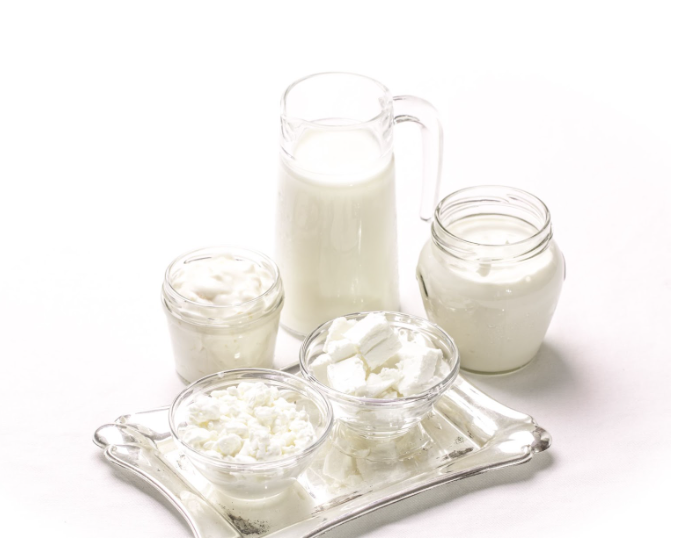Real World Nutrition News You Can Use
There is a lot of misinformation about nutrition. And nothing in this field is black-or-white, yes-or-no, but many shades of gray and a lot of “it depends.” So, my goal is to help clear up some of that misinformation with some snark, entertainment, and facts (with some opinion thrown in).
Many of these topics come from interactions with the public, friends, clients, and students. I see sheer misinformation about the science of nutrition, and I do my best to clear things up one blog post at a time.
If you have a topic you are wondering about, let me know.
Looking for a specific topic? Search to see if it is already here.
Dairy Foods - More than Milk
I find that one of the more polarizing food groups, even more than grains, is the dairy food group. People get all worked up when suggesting we have this as part of our regular diet/intake. And these same people eat cheese and yogurt. I am not making this up. The recommendation is to have three cups of dairy from pre-teen years through adulthood. And people think that I am recommending that they drink three glasses of milk a day. I am not. If that works, fine. But people hear “dairy” and assume it is milk in its liquid form. “Dairy” includes yogurt, cheese, and liquid milk.
So many “milks” - are they healthy?
If you have been to the back of the grocery store lately, you surely have seen the explosion of dairy alternatives alongside the dairy options.
However, something that many people don’t realize is that these are not healthier options. They are not nutritionally equivalent, and most are nothing more than flavored sugar water with thickeners, added fat, sugar, salt, and vitamins in mineral blends to make it close to milk. And protein is virtually non-existent in many of these.
While many of these are called “milk,” let’s clarify that milk is a nutrient-rich liquid food produced by the mammary glands of mammals. And most people know that nuts, legumes, and hemp do not fall into the category of mammals.
Powerful Potassium
We hear a lot about sodium. We get too much, and we need to cut back; processed foods and restaurant foods are high in sodium. The Dietary Guidelines for Americans 2020-2025 recommend that we limit “Sodium—Less than 2,300 milligrams per day—and even less for children younger than age 14.”



